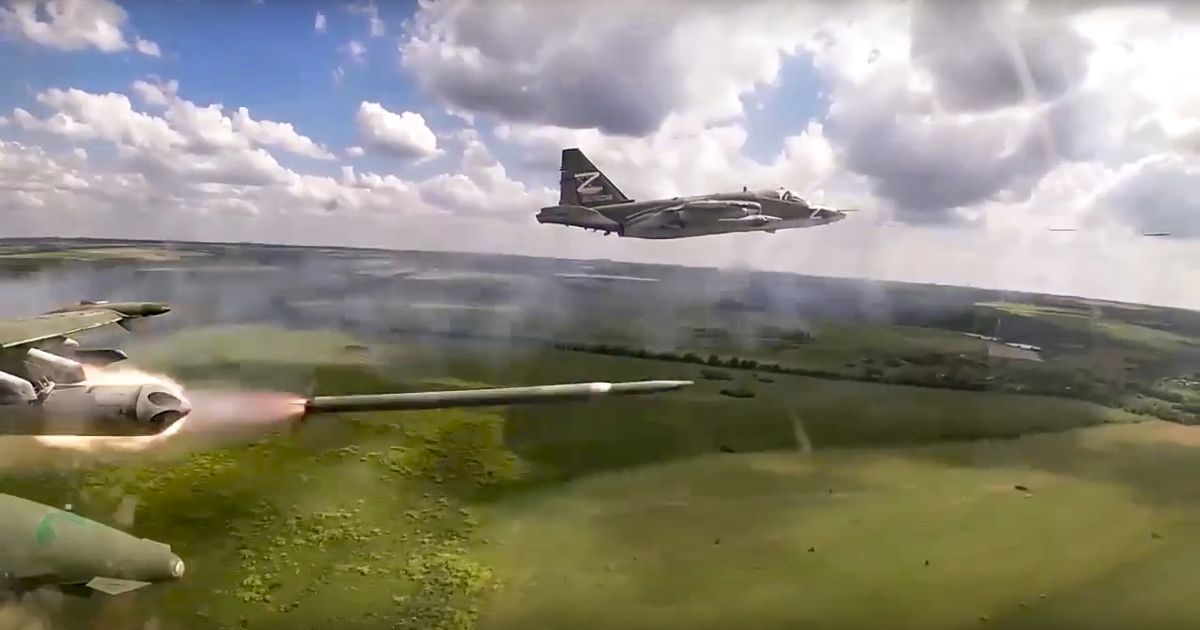Since October, the aggressor
Russia
has changed the flight pattern of its bombers for missile strikes.
Currently, planes do not enter the country's airspace.
They choose detours to avoid being targeted by Ukrainian air defense systems.
Vadym Skybitskyi, deputy chief of the Main Directorate of Intelligence of the Ministry of Defense, said this in an interview with The New York Times.
He said intelligence has about an hour after Russian warplanes take off to track their flights before the pilots reach the firing range and launch missiles.
Skibytskyi says that the Russian Federation has four main directions from which its armed forces are trying to penetrate Ukrainian airspace:
from the Black Sea in the south;
from the area around the Caspian Sea in the southeast;
from Russia in the east;
from Belarus in the north.
According to intelligence estimates, Russia still has missiles left for three to five massive missile strikes.
"This is if there are 80 to 90 rockets in one wave," Skibitsky added.
It will be recalled that Skibitsky stated that
since the beginning of the full-scale invasion of Ukraine,
Russia has produced 240 high-precision Kh-101 cruise missiles and about 120 Kalibr sea-based cruise missiles.
The Russian Federation can produce about 40 new missiles per month.
Read also:
Putin is losing geopolitical influence due to the continuation of the war in Ukraine - ISW
To capture Kyiv, Russia needs two million soldiers - Svitan
Zhdanov told whether the ZSU will hold Bakhmut
